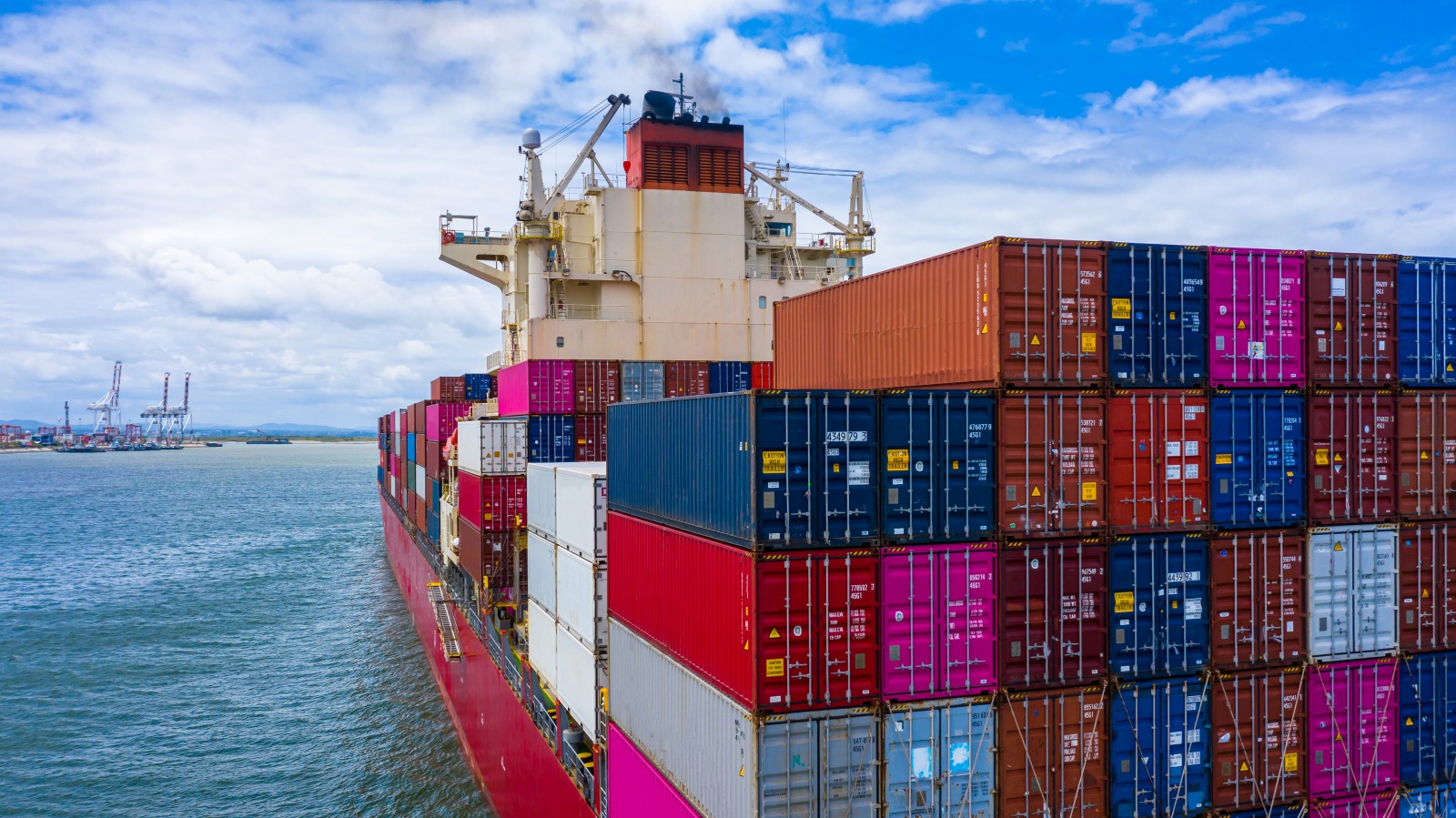The Business Impact of Lost or Delayed Containers—and How Tracking Solves It
In today’s fast-paced global economy, the movement of goods across oceans and borders is the backbone of countless industries. Every day, thousands of containers are transported via ships, rail, and trucks, connecting suppliers, manufacturers, and customers across the world. However, when containers are lost or delayed, the impact can be far-reaching—affecting not only supply chains but also customer trust, operational costs, and overall business performance.
Fortunately, modern container tracking technology is offering a powerful solution to this age-old problem.
The Real Cost of Lost or Delayed Containers
While a single misplaced or delayed container may seem insignificant in the grand scheme of global trade, the ripple effects can be enormous. Here’s how:
1. Disrupted Supply Chains
A delay at one point in the supply chain often causes cascading delays throughout. Manufacturers might be unable to meet production deadlines, retailers may miss out on sales due to stock shortages, and service providers could fail to deliver on time—all because of a missing or late shipment.
2. Financial Losses
The financial implications of delayed or lost containers include:
-
Demurrage fees: Charges incurred when containers sit too long at a port.
-
Detention fees: Costs related to holding onto shipping equipment beyond the allotted time.
-
Increased inventory carrying costs: Businesses may need to hold more stock to mitigate risk.
-
Loss of revenue: Missed sales windows, especially during peak seasons or product launches.
According to industry estimates, global supply chain disruptions cost companies over $4 trillion in 2021 alone, much of which was tied to logistics failures.
3. Customer Dissatisfaction
In an era of same-day delivery expectations, customers—both B2B and B2C—have little tolerance for delays. When shipments don’t arrive on time, it reflects poorly on the brand, leading to lost loyalty and potential future business.
4. Operational Inefficiency
Without container tracking, companies often rely on outdated, manual updates—phone calls, spreadsheets, and emails—to determine the location of their goods. This lack of visibility increases the workload for logistics teams, adds to uncertainty, and leads to inefficient decision-making.
The Solution: Real-Time Container Tracking
Thankfully, the logistics landscape is evolving. With advancements in IoT (Internet of Things), GPS, satellite communication, and cloud-based platforms, real-time container tracking has become a game-changer.
1. Enhanced Visibility
Modern container tracking systems provide real-time updates on a container’s location, status, and condition (e.g., temperature, humidity). With live data feeds, companies know exactly where their shipments are at any given time—reducing uncertainty and enabling proactive management.
2. Faster Problem Resolution
When a delay or issue arises—be it customs clearance, port congestion, or weather disruption—tracking tools help logistics teams quickly identify the cause and take corrective action. This agility minimizes the downstream impact on the supply chain.
3. Reduced Costs
By avoiding demurrage, detention, and emergency freight arrangements, companies can significantly cut costs. In addition, better route optimization and planning are possible when data is available in real time.
4. Stronger Customer Communication
With accurate ETAs (estimated time of arrival) and status updates, companies can keep their customers informed, reducing frustration and improving transparency. This level of communication enhances trust and builds long-term loyalty.
5. Data-Driven Decisions
Container tracking solutions often include dashboards and analytics tools that help logistics managers spot trends, identify bottlenecks, and continuously improve operations. Over time, this data becomes a strategic asset, enabling better forecasting, inventory planning, and risk management.
Key Features to Look for in a Container Tracking System
If your business is considering investing in container tracking, here are some essential features to prioritize:
-
Global Coverage: Ensure tracking works across all trade lanes and shipping lines.
-
Multi-Modal Support: The solution should track containers across sea, rail, and road.
-
Integration Capabilities: Look for platforms that integrate with your ERP, TMS, or WMS systems.
-
Condition Monitoring: Especially for temperature-sensitive goods, sensors that monitor internal container conditions are crucial.
-
Alerts & Notifications: Instant alerts for delays, route deviations, or security breaches enable quick response.
Real-World Example: Saving Millions Through Tracking
A leading electronics retailer in the US implemented a container tracking solution after suffering significant delays during a product launch. With real-time visibility, they were able to reroute delayed containers through alternate ports, avoiding millions in lost sales and demurrage charges. Within six months, the company reported a 25% reduction in average shipping delays and a noticeable improvement in customer satisfaction scores.
Conclusion
In an increasingly interconnected world, the stakes for supply chain performance are higher than ever. Lost or delayed containers are not just logistical hiccups—they are costly, disruptive events that can jeopardize customer relationships and erode profitability.
But with the right container tracking technology in place, companies can regain control over their supply chains. By improving visibility, reducing delays, and enabling proactive decision-making, tracking solutions don’t just solve problems—they drive competitive advantage.
Investing in container tracking is no longer a luxury—it’s a strategic necessity.


